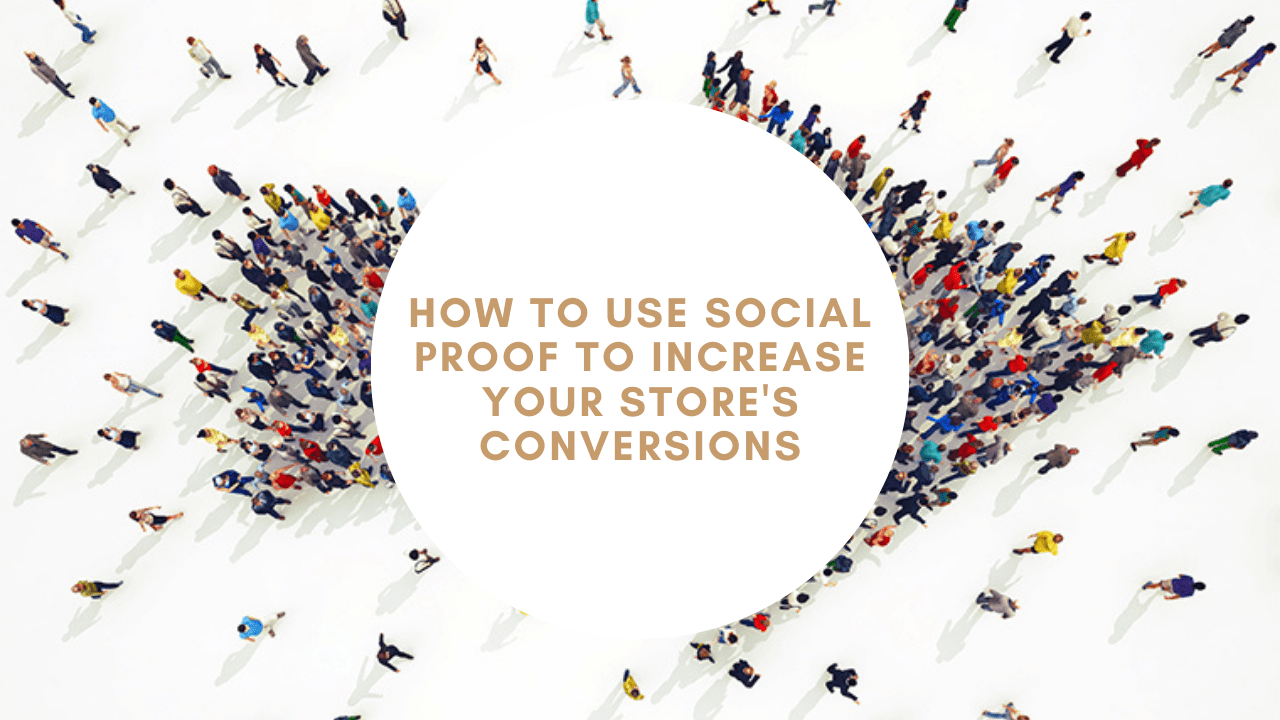
Describe social proof.
Sales can now be boosted by using social proof, which includes testimonials, likes on social media and the website, and personal referrals. The idea works by demonstrating that if other consumers are interested in a product, it must be a good one. The Psychology Behind Trust Signals analysis from Trustpilot found that 66% of customers stated social proof made them more likely to make a purchase.
The Challenge
Most businesses are aware of several popular social proof techniques, such as the idea that customers who purchased X also purchased Y or alerting site visitors when an item’s stock is running low. Nevertheless, many shops struggle to take into account customers’ shifting demands, intent, channel, and location. Retailers have mastered the art of evaluating stored consumer data to construct personas and categories that feed basic personalised recommendations. The department store required a solution to add in-session intelligence to the data from its business systems, supplement it with third-party data, and display these insights while the visitor is still browsing the website in order to meet its objectives.
The Answer
The store enlisted ZineOne for our in-session marketing capabilities to encourage more visitors to move from browsing to completing a purchase. This retail-focused template, which is powered by our patented machine learning (ML) algorithms, records real-time trending data on the number of views for a product, purchases, and inventory. Additionally, it permits the presentation of this data in real-time while the visitor is viewing the product on the product detail page (PDP).
Some examples of this information is shown include:
Existence of the item
How many customers have this item in their cart?
The quantity of buyers of this product in the most recent period
identifying products that are popular both globally and locally
the items that are currently being viewed list
How did it take place?
ZineOne tags were quickly added to the store’s website after which the shop used in-session marketing to:
Identify a visitor’s interest in a product and ascertain whether they shown buy intent during the session by ingesting real-time activity data.
Take note of current trends regarding other visitors’ enthusiasm for that product.
Utilize first-party data to gain historical perspective.
Check the inventory and cart in real-time for a certain item.
based on the visitor’s location, compile consumer interest in the goods.
Enhance the user experience on the website by displaying the most pertinent PDP information as social proof to persuade users’ actions,
conversion that is ongoing.
The department store automated the display of a badge for a site visitor browsing a PDP that showed how many other customers were concurrently viewing or purchasing that particular item. As suitable for each PDP, the marketing team tailored this experience by defining the maximum number of products, the minimum number of viewers, and/or the minimum purchases necessary to cause the display of the badge.
The researchers also customised the social proof to the visitors’ zip codes, or their local neighbourhoods. The team used this knowledge to display what was popular in that location by tapping into the collective excitement and expectation. For instance, if an unexpected cold wave and snowfall hit Lake Tahoe, California, it would alert locals that ski equipment is running low.
